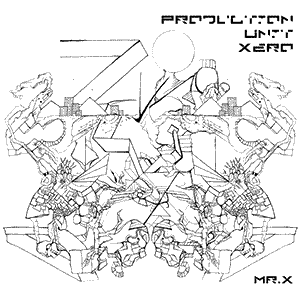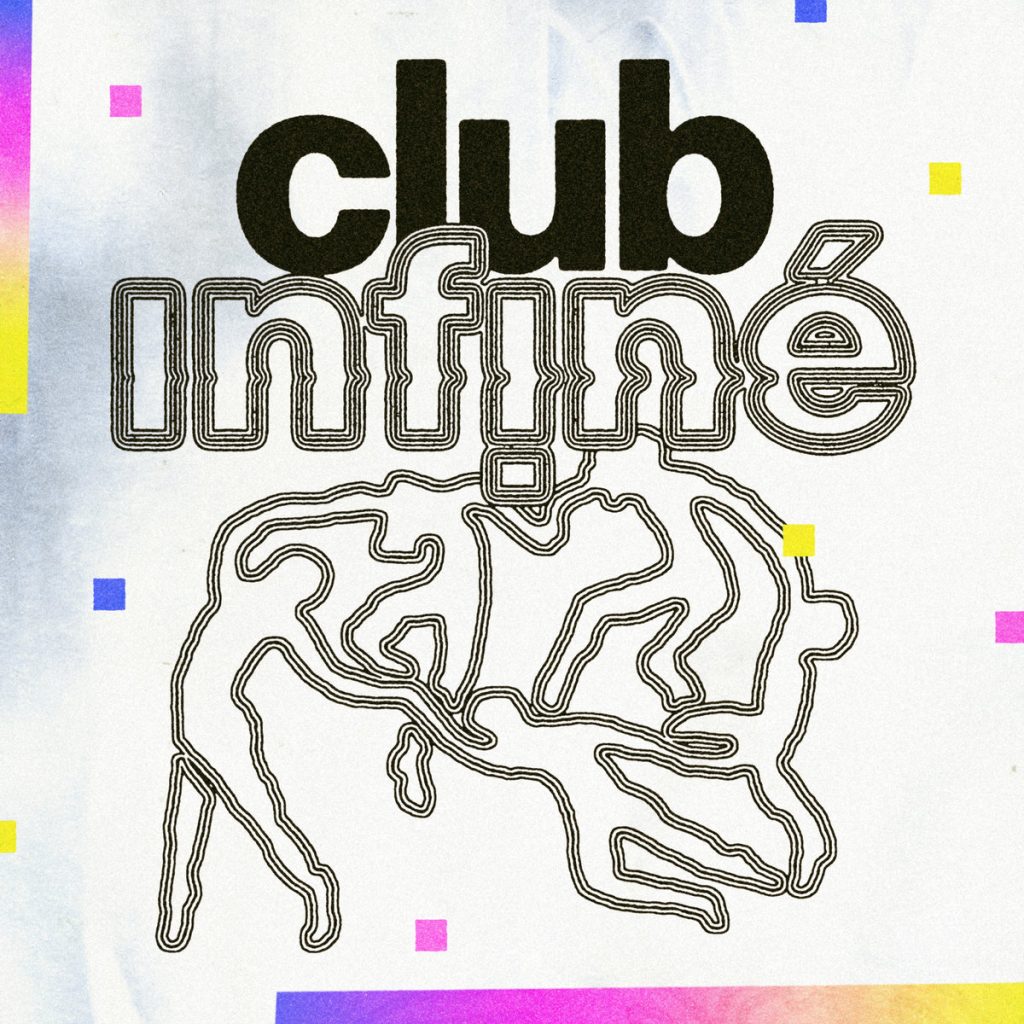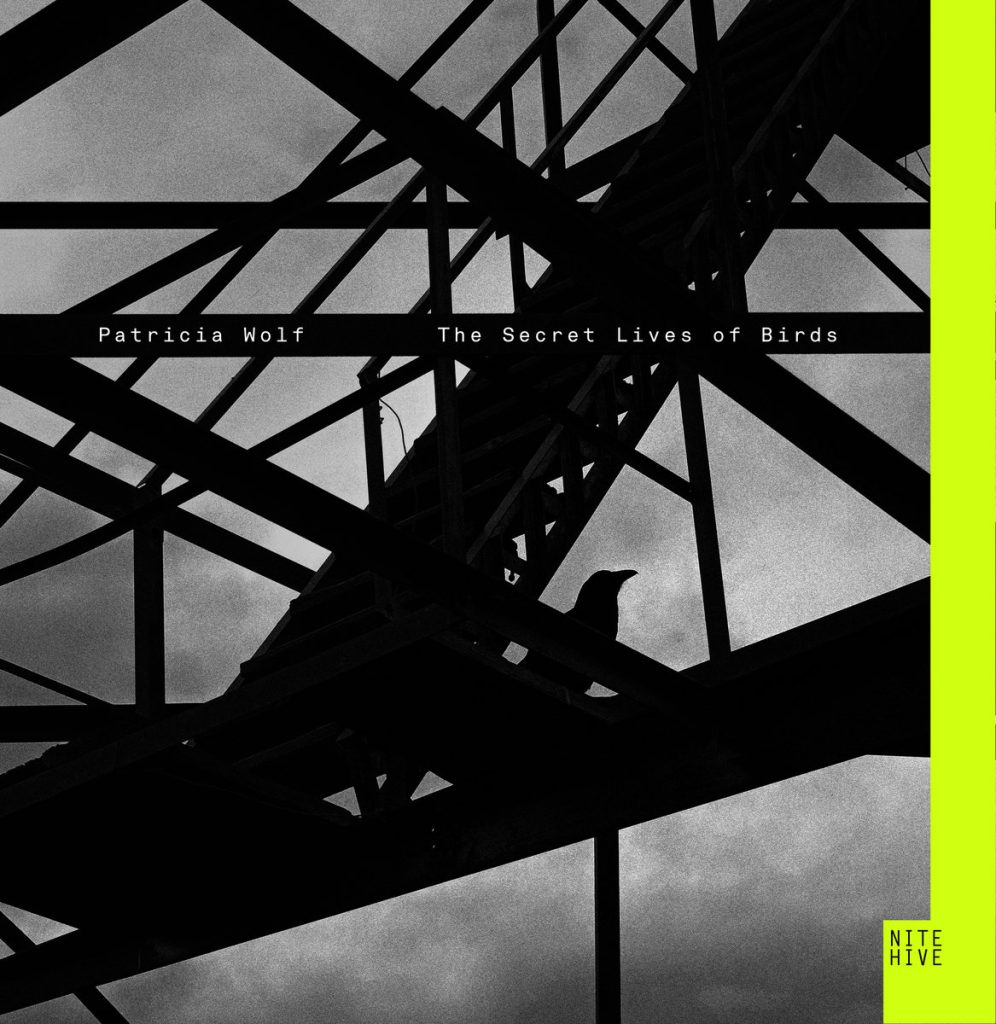What is Kawaii Bounce?
“Kawaii Bounce” is a subgenre of electronic dance music that originated in Japan and incorporates elements of anime and Japanese pop culture with a futuristic and bouncy sound. The genre is characterized by its use of synthesizers, bright and cheerful melodies, and a bouncy and upbeat rhythm. The style often features catchy, playful vocals and a blend of traditional Japanese instruments with electronic beats, and is known for its cheerful, happy, and cute sound. Kawaii Bounce has been influenced by a variety of musical genres, including J-pop, electronic dance music, and chiptune, and is often associated with the “kawaii” (cute) culture of Japan. The genre has gained a following among fans of anime, J-pop, and electronic dance music, and has been embraced by many within the Japanese music scene.
Top Kawaii Bounce Albums
“Doki Doki ☆ Morning” by Hatsune Miku
“Sweetiex2” by Kyary Pamyu Pamyu
“World’s End Dancehall” by Capsule
“TECHNOPOLiS” by Perfume
“Kawaii Bass” by YUC’e
“Bubble Dreamer” by Maki Ohguro
“Hello, World!” by BABYMETAL




